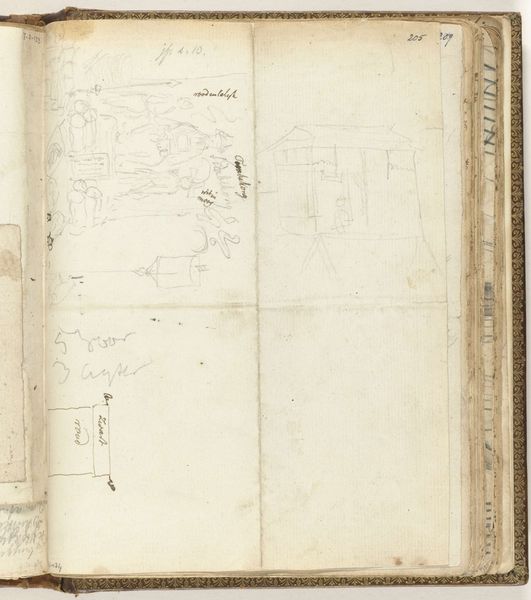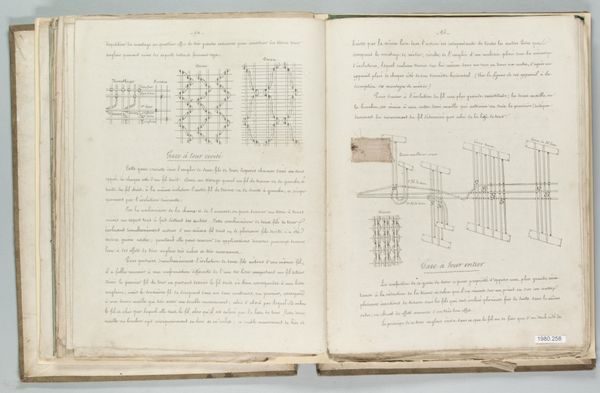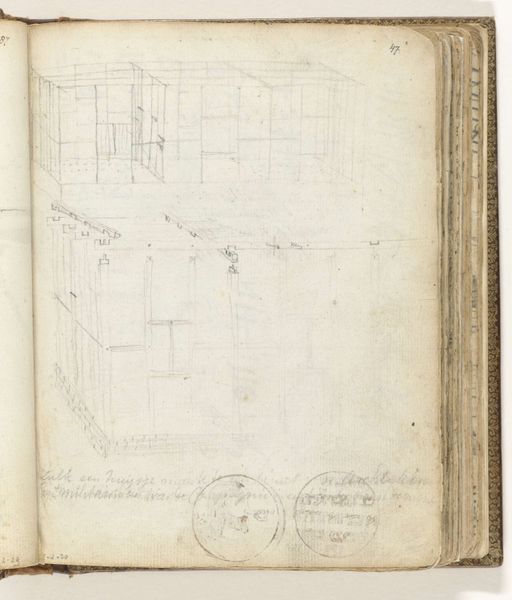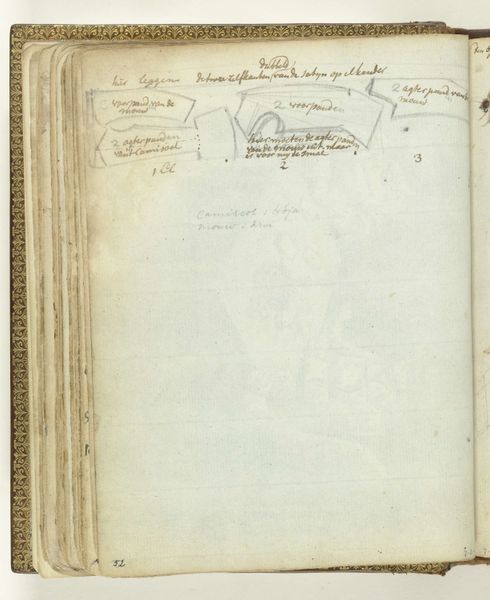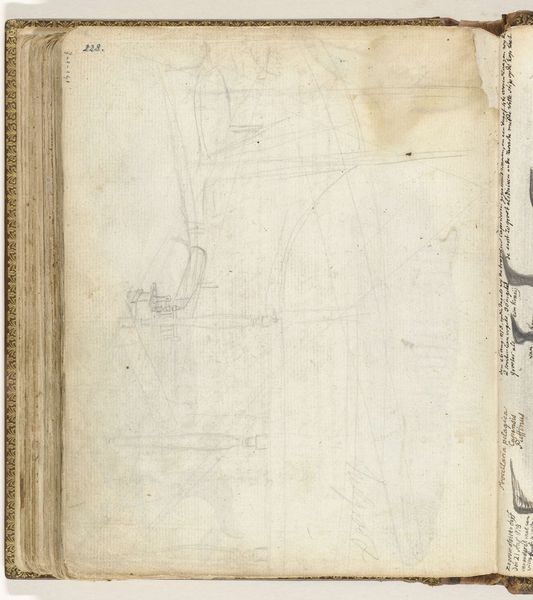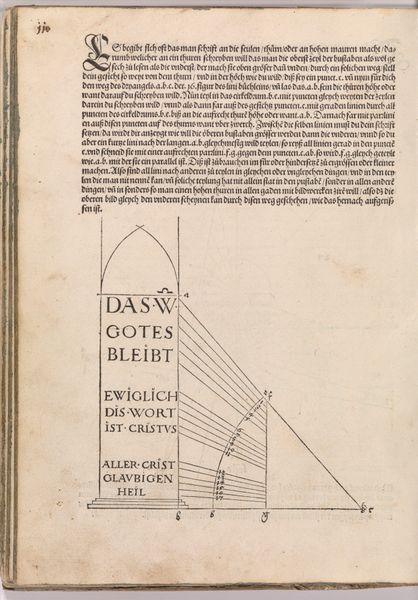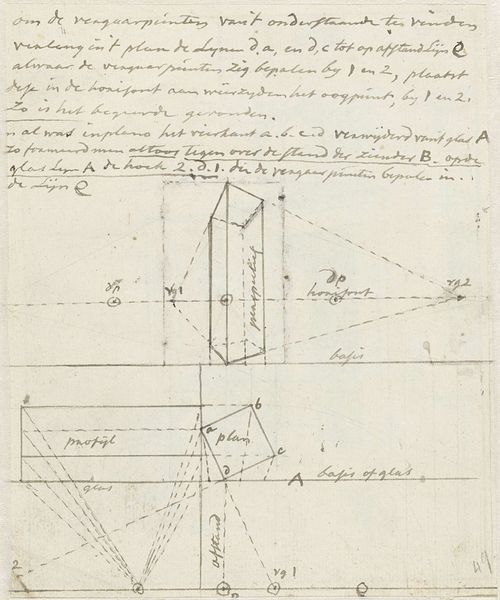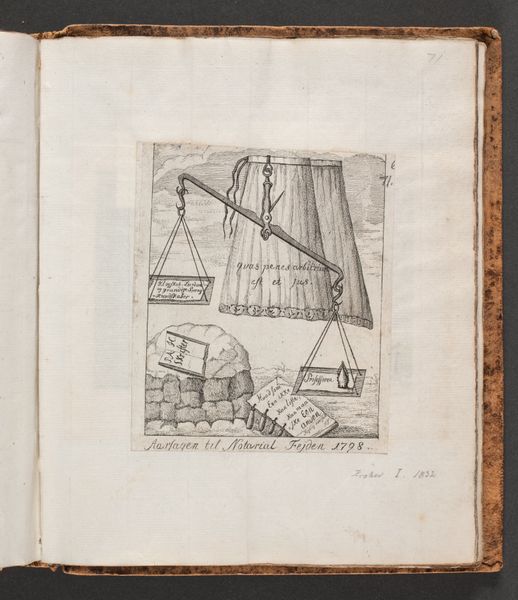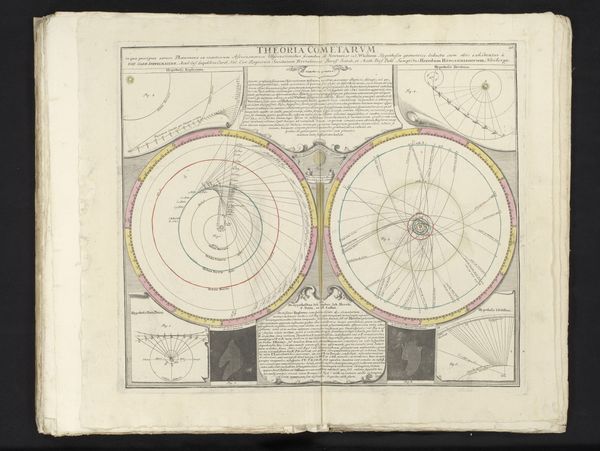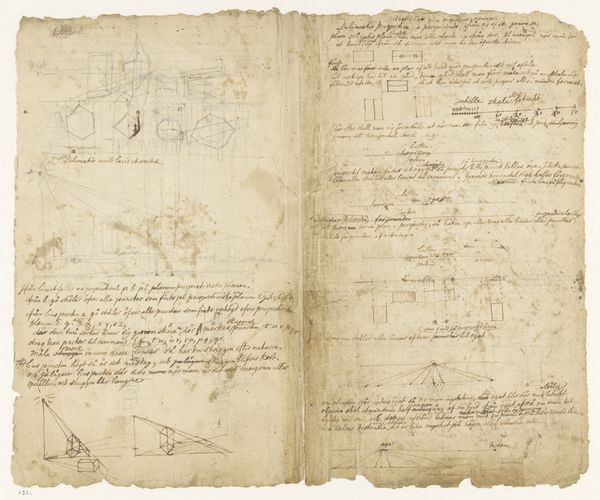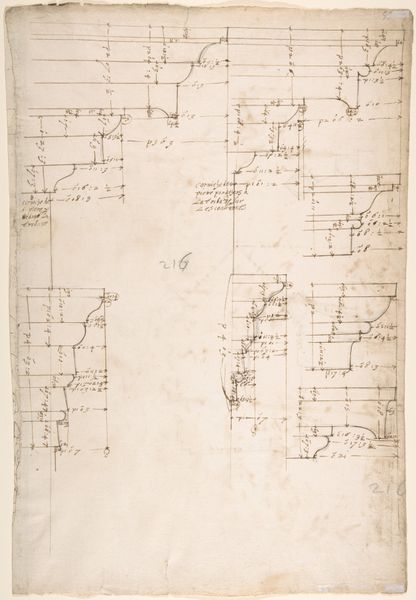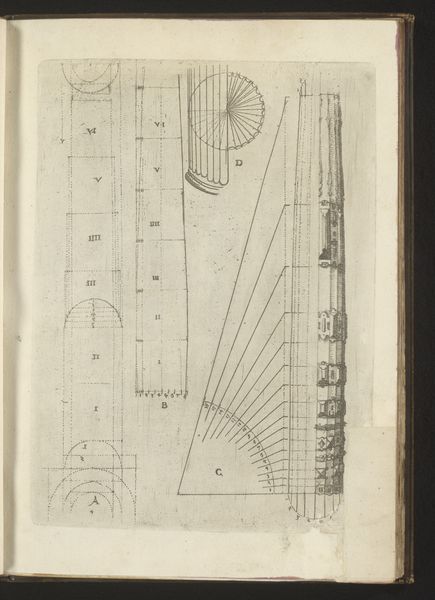
drawing, print, paper, engraving
#
drawing
# print
#
perspective
#
paper
#
form
#
geometric
#
column
#
line
#
academic-art
#
engraving
Dimensions: height 154 mm, width 183 mm
Copyright: Rijks Museum: Open Domain
Curator: Let's begin by examining "Verhoudingen van een deur in de juiste proporties," an engraving from somewhere between 1593 and 1595, by Wendel Dietterlin. What do you make of this piece initially? Editor: It looks like a blueprint! Intricate and precise, but rather cold. There's a deliberate attempt to dissect and codify the creation of... well, a door. I suppose it’s also a testament to Renaissance ideals of order. Curator: Precisely. Dietterlin sought to articulate architectural elements through mathematical precision. This piece represents his pursuit of ideal form, demonstrating geometrically accurate proportions in architectural design. It showcases the period's deep investment in blending artistry and mathematical knowledge. Editor: And yet, something feels almost... sterile about it. I wonder about the socio-political implications of trying to confine creativity within strict geometric rules. Who gets to define these proportions and who benefits from them? Are we looking at an attempt to standardize aesthetics? Curator: That's a very important point. Dietterlin's approach, though influential, can be seen as contributing to a standardization of architectural elements that privileges certain forms and excludes others. We might see here the groundwork for institutionalizing specific notions of beauty, which inevitably has an impact on cultural production. It’s as much about asserting control as it is about design. Editor: I completely agree. And seeing this today, in light of contemporary discussions on accessibility and inclusive design, it prompts reflection on how design principles have historically either accommodated or excluded certain bodies and experiences. Does a door crafted by these "ideal" proportions implicitly shut others out? Curator: It's a crucial lens through which to view this engraving. It's not just about perfect lines; it reflects broader power dynamics and aesthetic judgments inherent in artistic and architectural creation of the era. Editor: The piece certainly speaks volumes beyond its literal subject, doesn't it? Curator: Indeed, this engraving becomes an intersection between geometry, power, and cultural expression, all framed within the confines of early modern printmaking. I’m reminded of the social pressures in those days toward clearly articulated ratios in all disciplines. Editor: Understanding that unlocks many more insights here! Thanks.
Comments
No comments
Be the first to comment and join the conversation on the ultimate creative platform.
